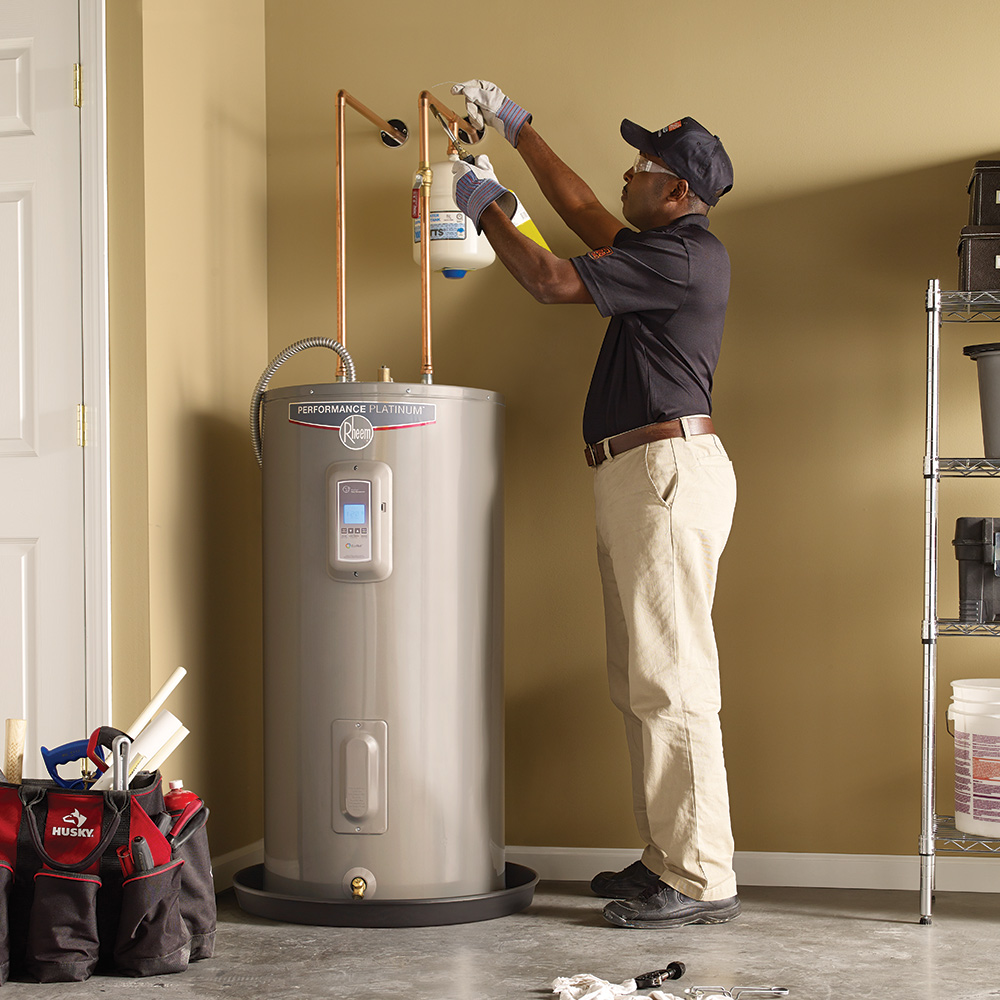Steps to Successfully Maintain Your Home's Hot Water SystemHow to Extend the Lifespan of Your Home's Hot Water System By Maintenance
Steps to Successfully Maintain Your Home's Hot Water SystemHow to Extend the Lifespan of Your Home's Hot Water System By Maintenance
Blog Article
The content underneath relating to Tips For Maintaining Your Hot Water Heater is seriously insightful. You should see for yourself.

Hot water is essential for everyday convenience, whether it's for a rejuvenating shower or cleaning meals. To ensure your warm water system runs efficiently and lasts much longer, regular upkeep is essential. This write-up provides functional pointers and insights on exactly how to keep your home's hot water system to avoid interruptions and pricey repairs.
Introduction
Maintaining your home's hot water system could seem overwhelming, but with a couple of simple steps, you can guarantee it operates smoothly for several years to find. This overview covers everything from understanding your hot water system to do it yourself maintenance ideas and recognizing when to contact specialist help.
Value of Keeping Your Hot Water System
Routine upkeep not only expands the life expectancy of your warm water system yet additionally guarantees it runs efficiently. Overlooking maintenance can result in decreased effectiveness, higher power costs, and even premature failing of the system.
Indicators Your Hot Water System Requirements Upkeep
Recognizing when your warm water system needs interest can stop significant issues. Look out for indications such as irregular water temperature level, strange noises from the heating unit, or rustic water.
Recognizing Your Warm Water System
Before diving into maintenance jobs, it's practical to recognize the basic components of your hot water system. Usually, this consists of the hot water heater itself, pipelines, anode poles, and temperature controls.
Monthly Maintenance Tasks
Regular regular monthly checks can assist catch minor issues prior to they rise.
Purging the Hot Water Heater
Flushing your water heater removes sediment build-up, boosting efficiency and prolonging its life.
Checking and Replacing Anode Rods
Anode rods prevent corrosion inside the tank. Examining and replacing them when worn out is crucial.
Inspecting and Adjusting Temperature Settings
Readjusting the temperature level setups makes certain optimum efficiency and safety and security.
Do It Yourself Tips for Upkeep
You can do a number of maintenance tasks yourself to maintain your warm water system in leading problem.
Checking for Leaks
Frequently examine pipelines and connections for leakages, as these can cause water damage and higher bills.
Examining Stress Alleviation Valves
Examining the stress relief valve ensures it functions properly and stops extreme pressure buildup.
Shielding Pipelines
Protecting hot water pipes lowers warmth loss and can save energy.
When to Call a Professional
While do it yourself upkeep is useful, some issues need expert proficiency.
Complex Concerns Needing Professional Aid
Instances include major leaks, electrical problems, or if your hot water heater is constantly underperforming.
Routine Professional Upkeep Advantages
Professional upkeep can include thorough examinations, tune-ups, and guaranteeing conformity with security standards.
Verdict
Routine upkeep of your home's hot water system is essential for performance, durability, and price savings. By following these ideas and knowing when to look for professional aid, you can ensure a dependable supply of warm water without unexpected interruptions.
Water Heater Maintenance Tips
Test the TPR Valve
Shut off the power and the cold-water supply valve. Place a bucket under the pipe connected to the temperature-pressure-release (TPR) valve on the top or side of the tank. (This valve opens if the tank pressure gets too high.) Lift the valve’s tab to let some water out, then let go. If water keeps flowing, drain the tank partway, unscrew the old valve with a pipe wrench, and install a new one. Check the Anode Rod
Put a hose to the tank’s drain cock and let out a few gallons of water. Now fit a 1 1/16-inch socket onto the rod’s hex head on top of the heater (or under its top plate) and unscrew the rod. If it’s less than ½ inch thick or coated with calcium, buy a new one, wrap its threads with Teflon tape, put it back in the tank, and tighten securely. Use this segmented rod if headroom above the tank is limited. Drain the Tank and Wash Out Sediment
Drain the remaining water in the tank into the bucket, then stir up the sediment on the tank’s bottom by briefly opening the cold-water supply valve. Drain and repeat until clean water comes out of the hose. Close the drain cock, refill the tank, and turn its power back on. Adjust the Temperature
Find the temperature dial on the side of the tank and unscrew its cover. Adjust the dial to 120 degrees using a flathead screwdriver. For every 10 degrees the temperature is lowered, you can expect to save up to 5 percent in energy costs. Turn the water heater off or the thermostat down to its lowest setting if you plan to be away from home for more than three days. Insulate the Pipes
Buy some self-sticking 3/8-inch-thick foam pipe insulation that matches the pipes’ diameter. Slide the foam over the hot-and cold-water pipes as far as you can reach. Insulating the cold-water pipe prevents condensation in summer. Peel the tape and squeeze the insulation closed. If the pipe is 6 inches or less from the flue, cover it with 1-inch-thick unfaced fiberglass pipe wrap. https://www.thisoldhouse.com/plumbing/21016402/how-to-maintain-a-water-heater
:max_bytes(150000):strip_icc()/how-to-drain-a-water-heater-2719055-hero-35f0548b0f1f42f0b13ba96a33ab8da2.jpg)
Hopefully you enjoyed our excerpt about How to Maintain a Hot Water Heater in a Few Simple Steps. Thanks a ton for taking time to browse our article post. If you enjoyed our blog post plz consider to pass it around. I cherish your readership.
Rates Report this page